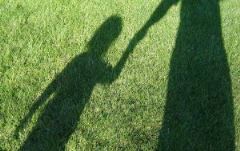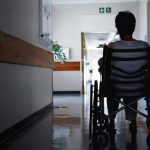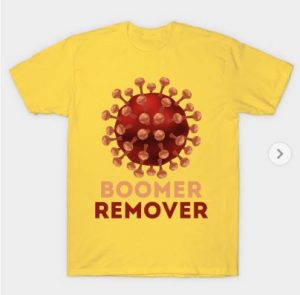Interrupting the Intergenerational Trauma of Family Violence
 In recent years, lawyers and judges have increasingly recognized the role that exposure to trauma plays in the lives of persons who are involved with the legal system. While trauma can come in many forms, providers of mental health or legal services need to be especially aware of trauma that is ongoing and has intergenerational consequences. The term “intergenerational trauma” has most often been associated with societal trauma that has been inflicted on certain racial or ethnic groups, who live with the effects and pass them along to succeeding generations. Frequently discussed examples of this are African American slavery, Native American forced attendance at boarding schools, and the Holocaust of World War II. All of these horrors affected survivors in a myriad of ways, and the economic, social, and emotional impact can be felt many generations later.
In recent years, lawyers and judges have increasingly recognized the role that exposure to trauma plays in the lives of persons who are involved with the legal system. While trauma can come in many forms, providers of mental health or legal services need to be especially aware of trauma that is ongoing and has intergenerational consequences. The term “intergenerational trauma” has most often been associated with societal trauma that has been inflicted on certain racial or ethnic groups, who live with the effects and pass them along to succeeding generations. Frequently discussed examples of this are African American slavery, Native American forced attendance at boarding schools, and the Holocaust of World War II. All of these horrors affected survivors in a myriad of ways, and the economic, social, and emotional impact can be felt many generations later.
Here, though, I want to focus on a more mundane and equal-opportunity form of intergenerational trauma: family violence, which is defined here as physical, sexual, or emotional abuse or aggression directed against an intimate partner or child in the family. These are sadly common behaviors that occur across race, gender, and socio-economic status lines. The Centers for Disease Control and Prevention (CDC) estimates that over their lifetimes, approximately 1 in 4 women and 1 in 10 men experience physical or sexual violence or stalking, and more than 43 million women and 38 million men experience psychological aggression. The U.S. Department of Health & Human Services reports that in 2019 there were approximately 656,000 victims of child abuse and neglect in the U.S., which is a rate of 8.9 victims per 1,000 children Certain ethnic groups such as American Indians and African Americans had even higher rates, and children under 1 year of age had a rate of victimization equal to 25.7 per 1,000 children. Evidence suggests that the incidents of family violence have increased during the isolation, stress, and lock-downs of the Covid-19 pandemic.
While conventional wisdom has long suggested that children living in violent homes may learn to be abusers or victims when they grow up, research on the biopsychosocial nature of family violence gives us insight into why this is the case.

 Numerous social commentators have noted how the pandemic has hit the least powerful and prosperous parts of the population the hardest. Infections, hospitalizations, and deaths have been disproportionally high among the poor, people of color, recent immigrants, Native Americans, and the elderly.
Numerous social commentators have noted how the pandemic has hit the least powerful and prosperous parts of the population the hardest. Infections, hospitalizations, and deaths have been disproportionally high among the poor, people of color, recent immigrants, Native Americans, and the elderly.